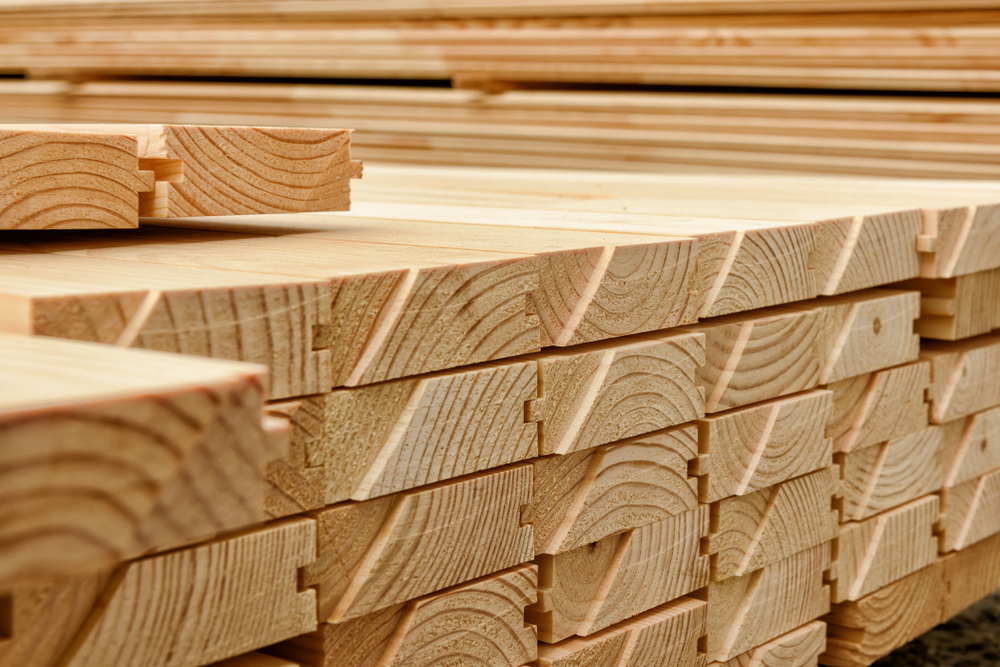If you’re planning to build a beautiful deck for your home, congratulations! A well-designed
deck can significantly enhance your outdoor living space, boost your property value, and
offer the perfect spot to entertain, relax, or enjoy a cup of coffee. But before you grab that
power drill or hire a contractor, there’s one crucial step you can’t afford to overlook —
calculating your deck materials accuratel
Why Accurate Material Estimation Matters
This is where a Deck Material Calculator comes into play. In this comprehensive guide, ZZ
the HANDYMAN walks you through everything you need to know to estimate your deck
materials like a pro.
One of the most common mistakes homeowners make when building a deck is
underestimating (or overestimating) the amount of material needed. Both scenarios can cost
you — either in wasted money or in frustrating mid-project shortages.
With ZZ the HANDYMAN’s professional insight, using a deck material calculator can help
you:
● Avoid overspending on excess material
● Prevent multiple trips to the hardware store
● Stay within budget
● Plan your project timeline better
● Ensure proper structural support and safety
What is a Deck Material Calculator?
A Deck Material Calculator is a handy digital or manual tool that helps you determine the
quantity and types of materials needed to build a deck. It considers various factors such as
deck dimensions, type of wood or composite, joist spacing, railing systems, stairs, and more.
ZZ the HANDYMAN recommends using a calculator before buying a single piece of lumber.
It saves time, money, and reduces guesswork.
Key Inputs Required in a Deck Material Calculator
Before you start, gather the following details. The more accurate your inputs, the more
precise your estimate.
- Deck Dimensions
● Length and width (in feet or inches)
● Height above ground (if stairs or guardrails are needed) - Decking Material Type
Choose between:
● Pressure-treated wood
● Cedar or redwood
● Composite decking
● PVC decking
Each has different sizes, costs, and installation requirements. ZZ the HANDYMAN can help
you decide which suits your home and budget.
- Joist and Beam Spacing
Typically:
● Joists: 16″ or 24″ on center
● Beams: Based on load span (calculated per deck size and material) - Railing and Stairs
If your deck is more than 30 inches off the ground, railing and stairs are required by code in
most areas. - Footings and Posts
The number depends on:
● Deck size
● Soil conditions
● Local building codes
How to Use a Deck Material Calculator Step-by-Step
Here’s a simplified walkthrough, curated by ZZ the HANDYMAN:
Step 1: Define Your Deck Layout
Sketch your deck or use an online design tool. Is it square, rectangular, multi-level, or wrap-
around?
Step 2: Input Dimensions
Enter the length and width. For example, a 12’ x 16’ deck equals 192 square feet.
Step 3: Select Decking Material
Choose your preferred material. Each option has different board widths, so the calculator
can adjust quantities accordingly.
Step 4: Determine Joist & Beam Configuration
Input joist spacing (commonly 16” on center) and direction. The calculator will estimate how
many joists you need.
Step 5: Add Extras
● Stairs
● Railing systems
● Fascia boards
● Skirting
Step 6: Review and Export the List
You’ll get a breakdown like:
● Number of deck boards
● Joists and beams
● Nails or screws
● Concrete for footings
● Post anchors
● Stair treads
● Railing components
ZZ the HANDYMAN recommends printing or exporting this list to bring it to your local
supplier or share it with your contractor.
Common Decking Materials and Their Pros & Cons
ZZ the HANDYMAN shares insights into the most popular decking materials:
- Pressure-Treated Lumber
Pros: Affordable, easy to find, long-lasting
Cons: Requires regular maintenance, can warp over time - Cedar or Redwood
Pros: Naturally resistant to rot and insects, attractive grain
Cons: Expensive, softer wood, needs staining - Composite Decking
Pros: Low maintenance, eco-friendly, durable
Cons: Higher initial cost, gets hot under sun - PVC or Vinyl Decking
Pros: Extremely low maintenance, lightweight
Cons: Expensive, artificial look
Material Estimation Example: 12×16 Deck
Let’s break it down:
● Decking Boards (5.5″ wide): Around 46 boards (16 ft long)
● Joists: ~13 joists spaced at 16” OC
● Ledger board: 16 ft
● Beams: 2x 12 ft beams (depending on span)
● Posts: 6–8 posts (depends on layout)
● Footings: 6 concrete footings
● Railing: 56 linear feet
● Stairs: 3-step stair kit or custom stairs
ZZ the HANDYMAN emphasizes that it’s always wise to buy 10% extra decking material to
account for cuts and waste.
Tips from ZZ the HANDYMAN for Accurate Estimates
- Double-check measurements
- Account for spacing between boards (usually ⅛ inch)
- Use treated or rated hardware for outdoor use
- Factor in local code requirements for railings, load-bearing, and frost lines
- Think long-term — pay more upfront for low-maintenance options if budget allows
Deck Material Calculator Tools You Can Try
While ZZ the HANDYMAN can guide you personally, here are some free online tools you
can use:
● Decks.com Decking Calculator
● Lowes Deck Designer
● Home Depot Deck Estimator
● Blocklayer.com Deck Calculator
Remember, every calculator has limitations — having ZZ the HANDYMAN double-check
your estimates can prevent expensive mistakes.
When to Call a Pro like ZZ the HANDYMAN
While calculators are helpful, they’re not a substitute for professional experience. Consider
calling ZZ the HANDYMAN if:
● Your deck design includes angles, curves, or multiple levels
● You need help with permits or local building codes
● You want a complete deck installation from start to finish
● You’re unsure about material selection or load-bearing structures
ZZ the HANDYMAN combines decades of hands-on experience with modern tools to ensure
your deck is built safely, beautifully, and within budget.
Frequently Asked Questions
Q1: How much decking material should I order as a buffer?
A: A 10% buffer is standard for cuts, errors, and future repairs.
Q2: Can I calculate deck materials without using software?
A: Yes. You can use a simple formula:
(Deck Square Footage ÷ Coverage of One Board) + 10%
Q3: What’s more cost-effective: wood or composite?
A: Wood is cheaper upfront, but composite is more cost-effective long-term due to low
maintenance.
Conclusion: Build Smarter with ZZ the HANDYMAN
Building a deck should be exciting — not overwhelming. With a solid deck material calculator
and the expert guidance of ZZ the HANDYMAN, you’re setting yourself up for success.
Whether you’re a DIY warrior or prefer a professional touch, estimating your materials right
is the first step toward your dream outdoor space.
Need help with your next deck project? Contact ZZ the HANDYMAN today for
personalized advice, accurate estimates, and top-notch craftsmanship.


